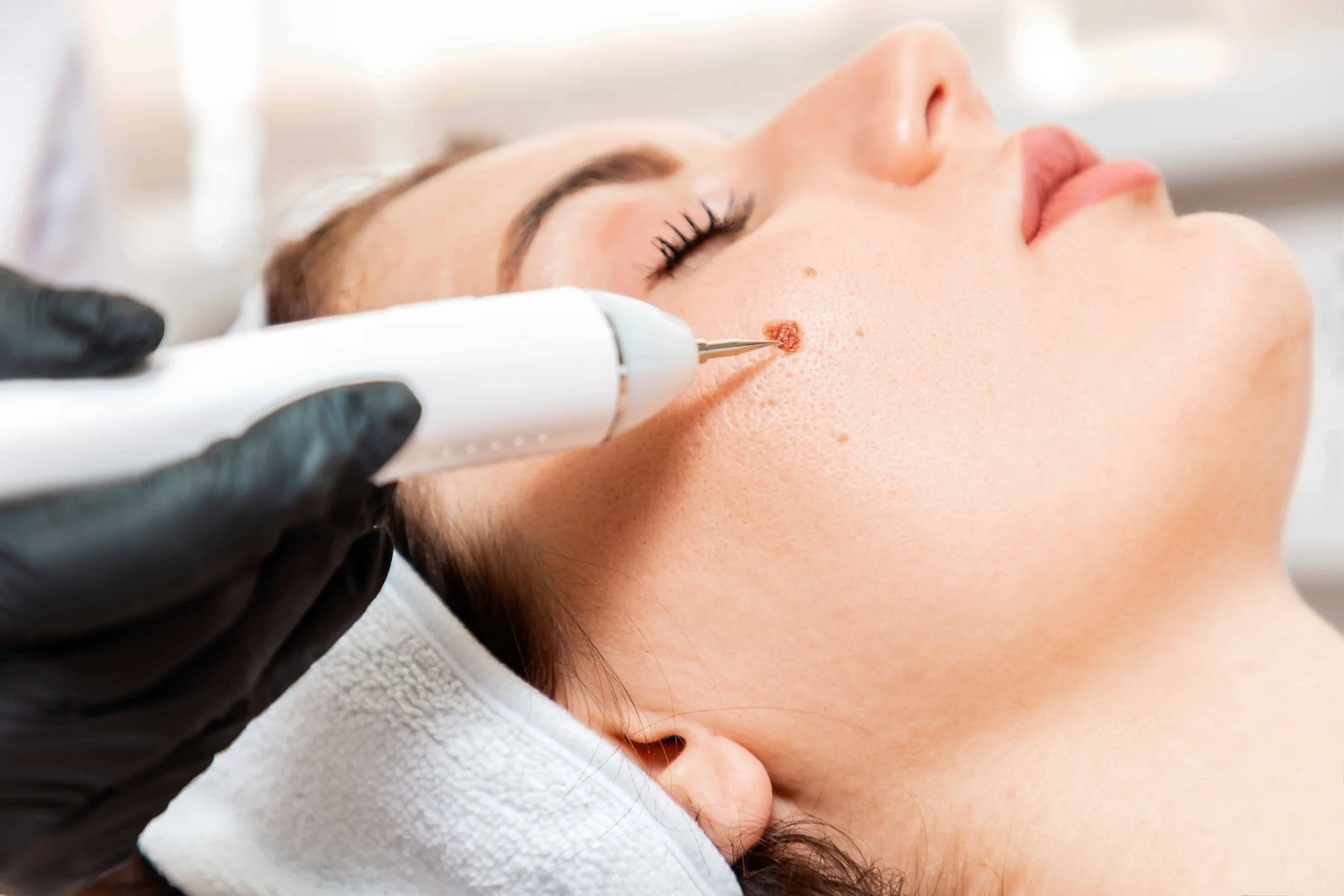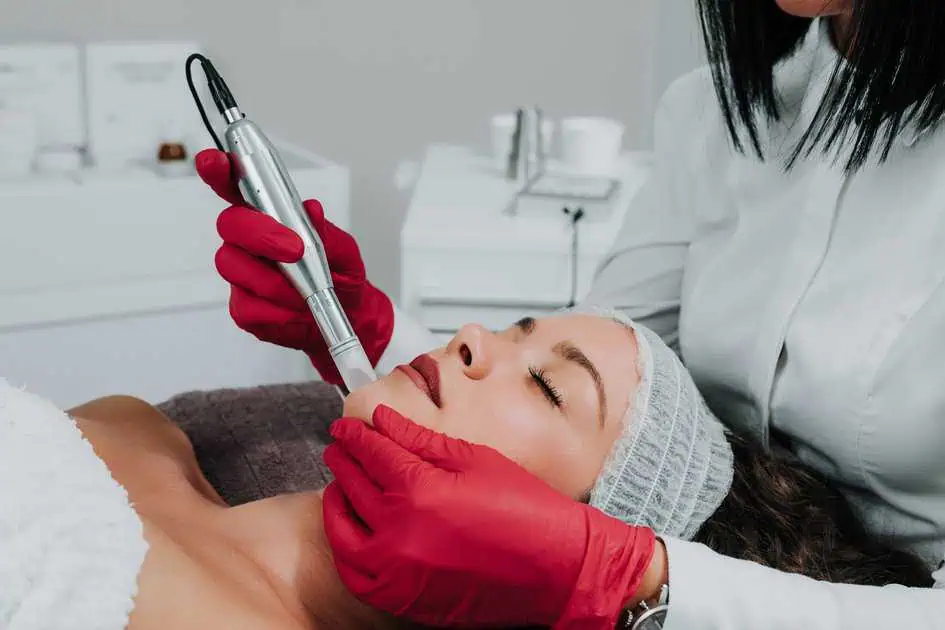Rashes are a usual skin concern that can appear suddenly or develop over time, affecting people of all ages and skin types. Characterized by redness, inflammation, and irritation, rashes can range from mild to severe, resulting in significant discomfort. Knowing the probable cause and symptoms of skin rashes is essential for identifying the proper treatment and finding relief.
In this blog, The Derm Collective North Shore explores the various causes of skin rashes, how to identify them, and the best treatment options available. Whether you’re dealing with a sudden outbreak or a gradual symptom that has progressed, this guide will help you better understand your skin and know when to consult a dermatologist.
Let’s get started!
What Causes Skin Rashes?
Skin rashes can arise from numerous factors, including allergies, infections, heat, and underlying skin conditions. Identifying the cause is the first step toward effective treatment.
Allergic Reactions
One of the most common causes of skin rashes is an allergic reaction. This reaction can occur when the skin comes into contact with allergens such as certain foods, fabrics, soaps, or plants, like poison ivy. Allergic rashes often present as red, itchy patches and may include swelling or hives.
Infections
Bacterial, fungal, and viral infections are also frequent culprits. Bacterial infections like impetigo can cause crusty, oozing sores, while fungal infections such as ringworms present as circular, scaly patches. Viral infections, which we’ll explore later, often cause a widespread rash accompanied with a fever.
Heat and Environmental Factors
Heat rashes happen when sweat ducts are blocked, causing small, itchy bumps on the skin. They are common in hot, humid climates or after intense physical activity. Environmental irritants like pollution, harsh weather, or exposure to certain chemicals can also trigger rashes.
Underlying Skin Conditions
Chronic skin concerns such as eczema and psoriasis can cause persistent rashes. Eczema typically results in dry, itchy patches, while psoriasis leads to thick, scaly plaques. Identifying these conditions is crucial for long-term management and treatment.
How to Identify Different Types of Rashes
Recognizing the specific characteristics of a rash can help determine its cause and guide you toward the appropriate treatment.
Viral Rashes
Infections like chickenpox, hand, foot, and mouth disease, or pityriasis rosea cause viral rashes. They are often presented as red spots, bumps, or blisters and may be accompanied by fever or other systemic symptoms.
Common Viral Rashes:
- Chickenpox: Begins with red spots that develop into itchy blisters.
- Hand, Foot, and Mouth Disease: Causes sores in the mouth and a rash on the hands and feet.
- Pityriasis Rosea: Starts with a single “herald” patch followed by a widespread rash.
While many viral rashes resolve on their own, it’s important to consult a dermatologist for rashes to rule out more serious conditions and ensure proper care.
Allergic Rashes
Allergic rashes often appear as red, itchy patches, including hives or swelling. Common triggers include:
- Contact Dermatitis: Caused by direct contact with an allergen like poison ivy or nickel.
- Food Allergies: Certain foods can trigger skin reactions, especially in sensitive individuals.
- Medication Reactions: Some medications can cause skin rashes as a side effect.
Heat Rashes
Heat rashes, or prickly heat, occur when sweat ducts are blocked. These ducts block sweat, causing small, red, itchy bumps that often appear in areas where sweat accumulates, such as the neck, chest, and back.
Chronic Skin Conditions
Identifying rashes caused by chronic skin conditions is key to managing long-term skin health:
- Eczema: Characterized by dry, itchy patches that can become inflamed and cracked.
- Psoriasis: Leads to thick, scaly plaques, often on the elbows, knees, and scalp.
A dermatology specialist can provide a comprehensive evaluation and create a tailored treatment plan for these conditions.
When to See a Dermatologist for Rashes
While many rashes can be treated at home, some require professional medical attention. You should consult a dermatologist if:
- The rash is widespread or rapidly spreading.
- You experience severe pain, swelling, or blistering.
- The rash is accompanied by fever or other systemic symptoms.
- Over-the-counter treatments have not provided relief.
- You suspect an infection, or oozing sores and increasing redness is present.
If you’re looking for treatment for rashes near Northbrook, IL, The Derm Collective North Shore offers experienced dermatology providers who will deliver an accurate diagnosis and create a personalized care plan to help you find relief.
Benefits of Treating Rashes Promptly
Addressing rashes early can lead to several benefits:
- Relief from Itching and Discomfort: Proper treatment can soothe irritated skin and reduce itching.
- Reduced Risk of Infection: Prompt care helps prevent secondary infections caused by scratching.
- Improved Skin Appearance: Treating the underlying cause restores healthy, clear skin.
- Identification of Underlying Health Issues: Some rashes may signal more serious health conditions.
- Prevention of Recurrence: Identifying and avoiding triggers can prevent future outbreaks.
Treatment Options for Skin Rashes
The best approach to rashes treatment depends on the underlying cause. Here are some common treatment methods:
1. Topical Treatments
For many rashes, topical creams and ointments can help reduce inflammation and soothe irritated skin. Corticosteroid creams are commonly used to minimize redness and swelling, while antifungal creams effectively treat fungal infections like ringworm. Moisturizers also play a key role in managing dryness often associated with eczema.
2. Oral Medications
In some cases, oral medications may be necessary to address the underlying causes of rashes. Antihistamines help control and reduce itching. Antibiotics are prescribed for bacterial infections that lead to skin rashes. For certain viral infections, antiviral medications may be recommended to speed up recovery and minimize symptoms.
3. Lifestyle and Environmental Changes
Preventing recurrent rashes often involves identifying and avoiding specific triggers. This might include switching to hypoallergenic products to reduce skin irritation, choosing breathable fabrics to prevent excessive sweating, and managing stress, which can exacerbate conditions like eczema or psoriasis.
4. Professional Treatments
A rash dermatology specialist can offer advanced treatments tailored to your specific needs. This might include prescription medications, specialized skincare routines, or procedures to manage chronic conditions.
Finding Relief from Skin Rashes
Skin rashes can be uncomfortable and concerning, but understanding their causes and seeking treatment can lead to significant relief. Whether your rash is due to an allergy, infection, or underlying skin condition, consulting a dermatologist ensures you receive an accurate diagnosis and effective care. If you’re dealing with persistent or severe rashes, professional help is just a click away. Get Relief from Rashes – Book Now to consult a specialist and start your journey toward healthier skin.








